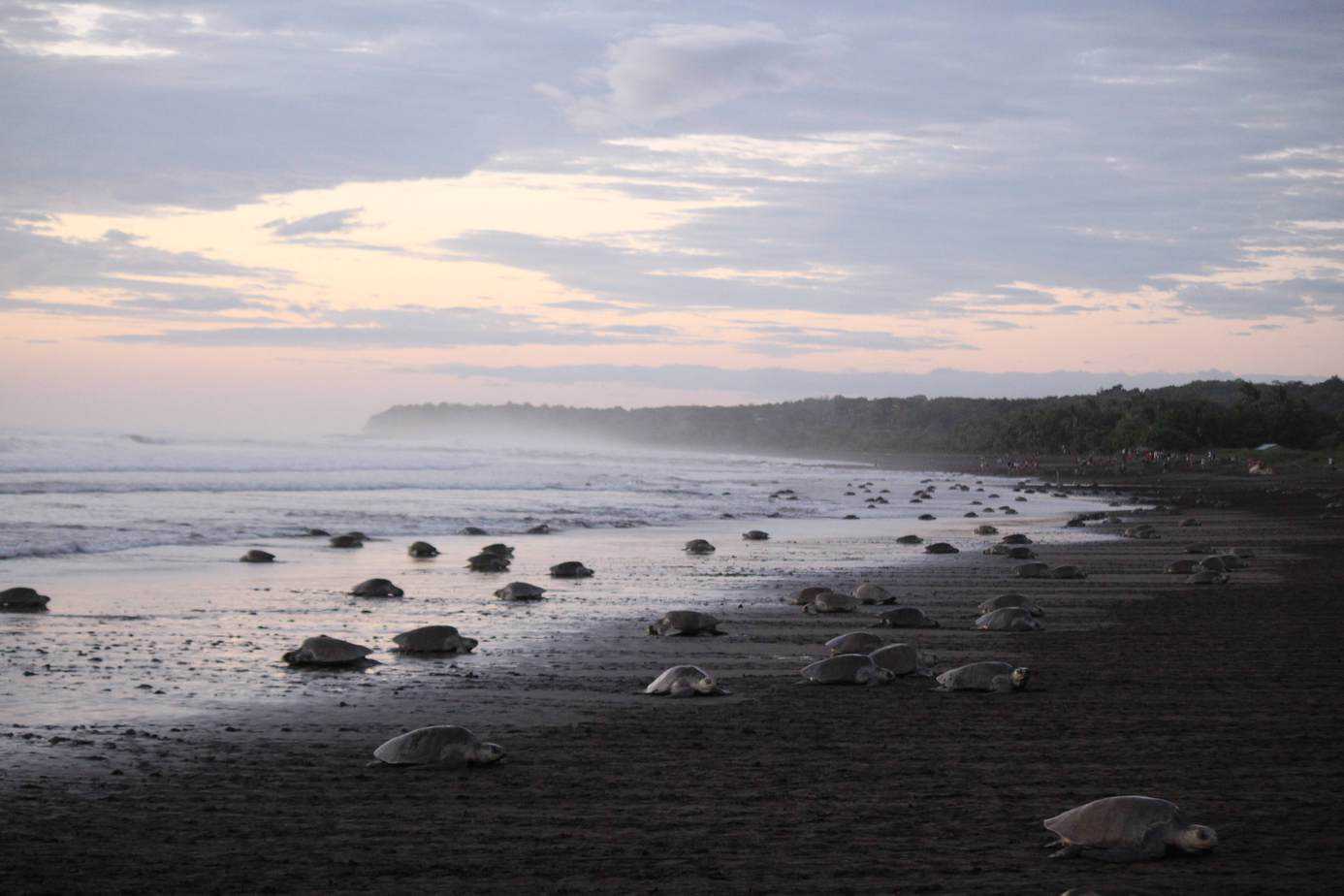It’s tempting to think of the natural world as a blissful utopia. Picture the sun peering through fluffy white clouds, pouring its golden rays onto the canopy of lush tropical forest on a mountainside. You can hear the sounds of insects buzzing and birds chirping. It’s a beautiful thing to picture in your mind’s eye and it’s a real thing that you can go outside and witness.
There’s another side to this scene that’s no less real but for many of us is slightly less pleasant to picture. The sun’s rays aren’t making it to all of the lush tropical trees equally. Some of them have been colonized by strangler figs that are using their host tree as a base to grow their leaves above the host’s leaves, slowly killing the tree it strangles. The buzzing insects and singing birds are eating foliage, each other, and a whole host of other creatures. An integral part of all of the life in nature is death.
How you and I feel about death in nature can change with an increase in perspective. For example, an ocelot eating a raccoon is a bit of a bummer. Raccoons are adorable and fluffy and have little bandit masks and one being aggressively chomped with an ocelot’s sharp teeth isn’t a pleasing thought. Consider the idea that ocelots are predators that need to eat, the raccoon meal could be shared with an adorable juvenile ocelot, and the leftovers that they don’t consume will fuel the lives of countless other creatures from vultures to insects to fungi. The idea of death in nature can change when a larger picture is taken into account.
Now consider a deadly activity that’s taking place on some of Costa Rica’s wildest beaches. As olive ridley and other species of sea turtles are slowly making their way from the sea onto the sandy beaches to lay their eggs, Costa Rica’s largest feline, the jaguar, appears from the forest to feed on the defenseless turtles. ‘To feed on’ is by far the most PC way to describe what’s happening. More graphically, jaguars are instantly killing sea turtles with a crushing bite to the head or neck, dragging the carcass to a suitable area, and then eating their fill over the span of a few days.
You’d be hard pressed to find a more universally loved sea creature than a sea turtle and one getting its head chomped off by a jaguar is an aggressive thought, but let’s zoom out a bit. What’s the impact of jaguar predation on sea turtles in Costa Rica? Researchers have found that the total number of turtles eaten by jaguars is a tiny percentage of the population that are nesting on the beaches. It also seems to be the case that the presence of jaguars on the beaches is scaring away smaller predators like coyotes and coatis that like to raid nests and feed on turtle eggs.
I’ve heard the story from a few different people that years ago large groups of coyotes and coatis and other predators like gray foxes used to be documented on northern Guanacaste’s beaches raiding turtle nests. Since that time, jaguar populations have rebounded in the area. As a result, a few adult sea turtles are eaten by the jaguars but nest predation levels have dropped off steeply. So, in the end jaguars are doing their part to increase sea turtle populations by being present on the beaches and eating sea turtles.
About the Author
Vincent Losasso, founder of Guanacaste Wildlife Monitoring, is a biologist who works with camera traps throughout Costa Rica.






